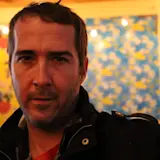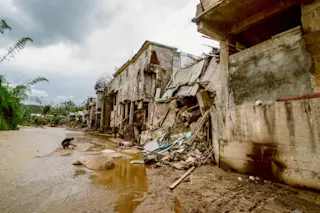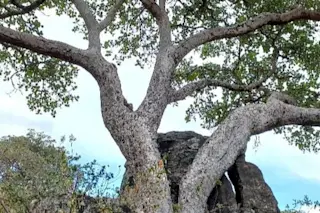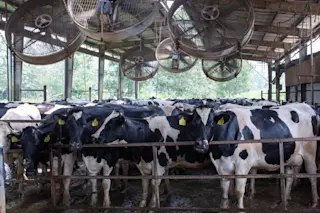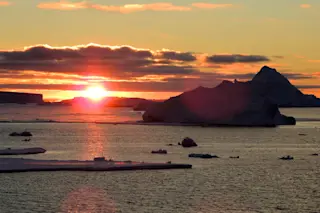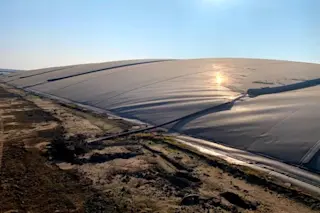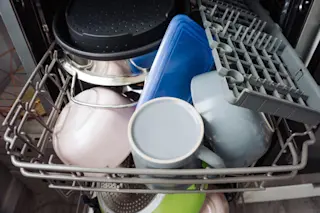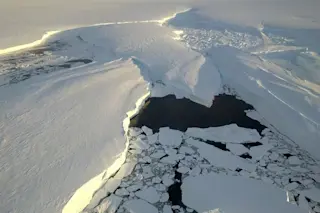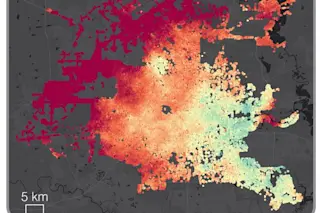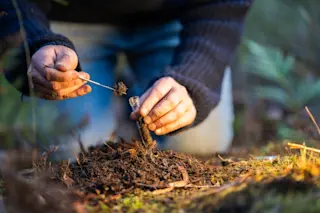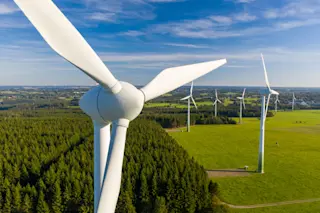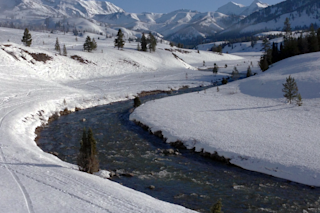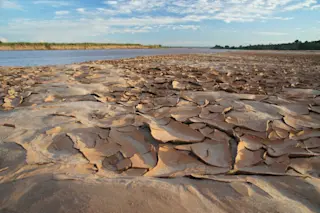Hurricane Irma tore a destructive path through many parts of the Caribbean, causing dozens of deaths and massive damage in the West Indies and the Virgin Islands in September 2017. The storm spared Puerto Rico then, but later, when category five Hurricane Maria hit, it caused $90 billion in damages mainly for Puerto Rico.
And that wasn’t the end of the country’s tribulations. Puerto Rico suffered from a drought in 2018 and then an earthquake in 2020. Hurricane Maria’s destruction overshadowed the latter catastrophes, but many people outside of Puerto Rico aren’t aware the drought and earthquake continued to exacerbate the suffering and destruction experienced on the ground.
“You have to understand the legacy conditions created by the first disaster to prepare to deal with the second disaster,” says Gary Machlis, a professor of environmental sustainability at Clemson University.
Disaster response and damage assessments typically analyze catastrophes in isolation. But ...


